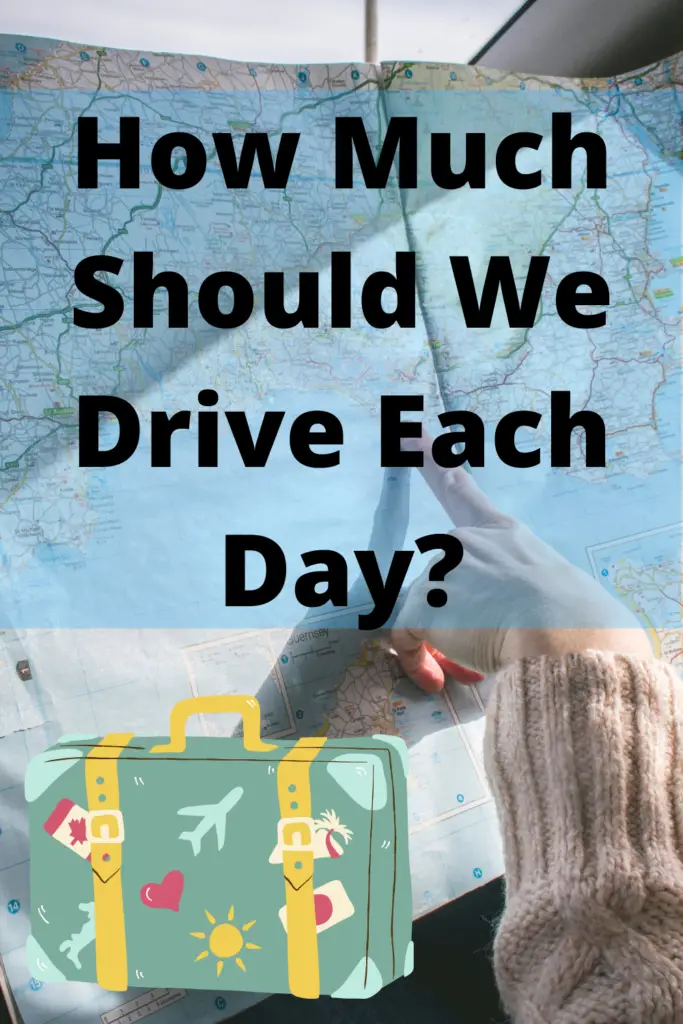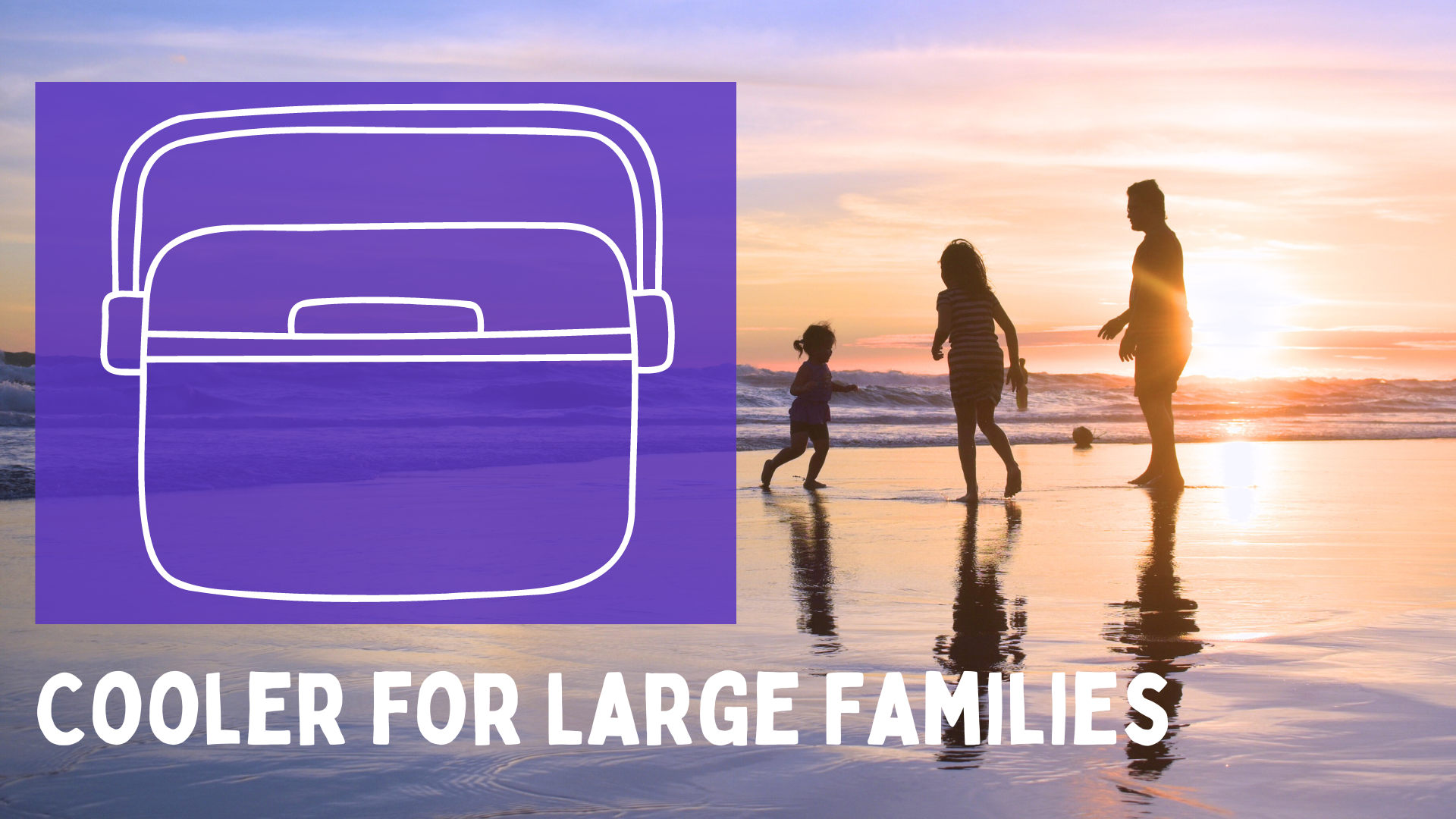When planning a road trip you should plan to drive no more than 10 hours or 6-700 miles a day. You can drive more hours if you have two drivers. Less experienced drivers should plan to drive fewer miles, and families with young children should plan frequent breaks.
The biggest factor to consider is sleep. You should avoid driving when you are excessively tired. Make sure your plan includes plenty of time for sleep. Drowsy driving is incredibly dangerous, accounting for over 800 deaths in 2014.
Scheduling a Road Trip
When you are putting together your road trip plan, divide the legs of the trip into 600 or 700 mile sections.
For a more relaxing trip try these tips:
- Stop for meals
Pull into a rest stop to eat your meals. Stopping to eat gives your eyes a break and can help you avoid highway hypnosis. This is also a great way to connect with your road trip buddies.
- Switch Drivers
Give yourself a break and let your co-pilot take over. If you are driving overnight, plan to split up the time so everyone gets some sleep.
- Plan Ahead
Plan breaks in your drive, do not wait till you cannot keep your eyes open. Trying to find a place to stop might keep you on the road when you are dangerously tired.
If you have 1,000 miles to drive, look at the route ahead of time and plan a stop! Find a hotel or attraction that everyone can agree on.
Having a plan to stop will keep you from driving longer than you can safely drive.
- Sleep
You should never drive when you are tired. It is not always possible to be perfectly rested before you get behind the wheel, but it is crucial that you accurately assess your ability to drive safely.
If you are too tired to drive, do not risk your safety in order to arrive sooner. “Arrive Alive” usually refers to driving sober, but applies here as well.
When planning your trip make sure that you give the driver plenty of time to rest, and if possible switch drivers after 3 or 4 hours.
If you are used to powering through 1000 miles a day and just getting to your destination as quickly as possible, try slowing down. Plot your route on Google Maps and get inspired by the stuff in the middle.
Drowsy Driving Tips for a Long Road Trip
When you are working your way through your bucket list road trip, the one with thousands of miles and dozens of stops, it is easy to push yourself too far when driving.
The American Sleep Academy lists these symptoms of Drowsy Driving:
- Yawning
- Inability to keep eyes open
- “Nodding off” and trouble keeping your head up
- Inability to remember driving the last few miles
- Ending up too close to nearby cars
- Missing road signs or turns
- Drifting into other lanes or onto rumble strips on the shoulder
Talk with your partner about these symptoms. If you think you are ok to drive, but you are exhibiting these symptoms, play it safe and stop to sleep.
If you cannot stop to sleep because of budget concerns, switch drivers. Even a short nap can leave you feeling refreshed.
When you cannot nap:
- Use caffeine for a quick boost
- Share driving responsibilities
- Stop for the night
Slow Travel Road Trip
The concept of slow travel is gaining popularity with many long term travelers. Slow travel rejects itineraries and embraces experiences.
If you want to deeply experience all that your trip has to offer, go slow.
The idea of getting as much driving in as possible is great for speed, but for depth what about sticking to 4-500 miles a day and leaving time to enjoy a new local restaurant or stop in a museum.

Once you have decided to divide your long trip into smaller legs, you can start getting excited about all the great stops your trip will include. Shorter legs will make you a safer driver as well!


